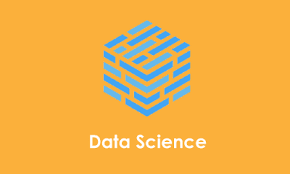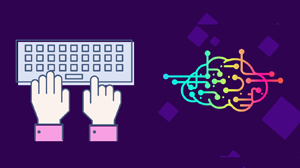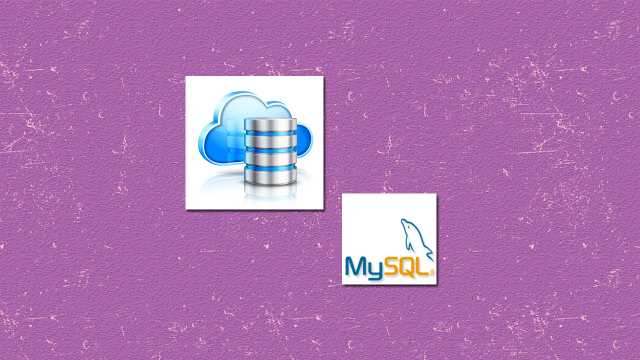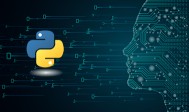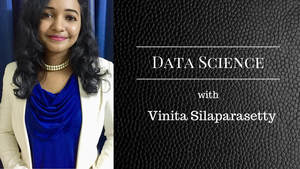What is Data Collection: Types, Methods, Tools and Challenges
The process of gathering information or data from various resources, assembling them, and then analysing the accuracy of the data collected from different sources in a systematic manner is called as Data Collection method. Multiple ways can be employed to gather data for analysis and interpretation, including, surveys, experiments, observations and usage of existing data resources.
Effective data collection helps in fostering development and research in society since our society is heavily dependent on data, to identify and assign scarce resources adequately, where they are most required. Data collection helps to make informed decisions, identify patterns and trends, and subsequently conduct research. Every business requires information to analyse and predict consumer behaviours, and performance metrics of the organisation, to make evidence-based strategies and plans.
Different situations require access to a different knowledge of data, therefore, a researcher and an analyst require an understanding of the data types, data collection research methods, and data collection strategies to make an optimised decision, and allocation of resources. There is heavy reliance on data by e-commerce, government and research fields
Before the collection of data, the researcher has to deal with three questions:
- What is the problem they’re seeking to address?
- What kind of data has to be gathered for the solution?
- How to collect data? – data collection techniques, methods and procedures.

Data collection, analysis, presentation, and interpretation
Last Updated: 2022-07-20 08:07:39
Data, types of data, primary vs secondary data, qualitative vs. quantitative data, data collection, analysis, presentation, and interpretation.
How to collect Data?
- First, understand the problem at hand, and choose the topics the data should cover, sources used for data extraction, and the quality of information required.
- Second, working within a deadline sets a realistic goal. Also, we try to analyse data collected within time framework, therefore, come up with techniques to collect transactional data to collate information in a given time period.
- Third, select how you want to collect information, as the data collection approach serves as the foundation of the data-gathering strategy.
- Finally, gather information, by employing different data collection tools, and analysing it.
Types of Data:
The best decision-makers are the most knowledgeable and they arrive at their course of action, after calculating the information provided to them. In the past, data collection was manual and conducted by surveys, records and archives. This was a laborious activity, that made it difficult to collect and store a large database. As technology paced, the methods of data collection evolved. Before reading about the data collection methods, let us understand different types of data.
- Quantitative Data: data about numeric variables, like, height, weight, temperature, etc.
- Qualitative Data: data about measures that describe types, and attributes. They are data about categorical variables.
Quantitative and Qualitative data are essential, not only to increase our understanding of the data provided but also to get a full picture of the population since they yield different outcomes.
Additionally, data can be also categorised as:
- Primary Data: type of data collected directly by the researchers, for the first time from main sources, through interviews, surveys, observations, experiments, etc.
- Secondary Data: type of data collected earlier by someone else, and used as reference. This data is available for re-use, like government articles, census reports, published articles and research papers.
- Structured Data: they are clearly defined and searchable quantitative data, and are easily used to search and analyse. Structured data exists in predefined formats, like a spreadsheet or database
- Unstructured Data: type of data stored in its native format, and takes more effort to process and understand. This type of data is not organised in a defined format, such as text, images and audio files.
Data Collection Techniques:
Earlier, the compilation of data was done by paper-based questionnaires, interviews or focus groups. The methods have changed, and the advancement of technology has introduced efficient methodology.
- Digital Surveys: instead of door-to-door surveys, information is gathered using digital methods like google forms, online questionnaires, web-based interviews or mobile apps.
- Projective Data Gathering: an indirect interview, where the respondents are aware of the intention of the interview, and are either hesitant or do not give full disclosure of information. The interviewees use their opinions and emotions to fill in the answer.
- Automated Data Collection: using the automated methodology to collect data, like, the use of sensors, smart home devices or the internet of things (IoT).
- Focus Groups: very similar to interviews, this discussion group is led by moderators, to discuss the topic at hand.
- Web Scraping: automatically scraping or extracting information from online platforms and resources.
- Application Interface (API) calls: it is a request made by a software or web-based system to access its services, allowing different systems to communicate and exchange data.
- Delphi Technique: as the name suggests, researchers gather information and collect data from a panel of experts and councils. The replies of the expert forms their opinion, consolidating the answer.
- Secondary Data Collection: this is the consultation of data which has already been collected first-hand by different sources than the researcher. Examples include:
- Archives
- Census Records
- Financial Statements
- Business Journals
- Government Records
- Academic Papers
What are the tools used for Data Collection:
The tools used to collect data are very similar to the data collection techniques. There are several tools which are used for data collection:
- Surveys and Questionnaires: The conventional method to collate information regarding a topic, data is collected from a large group of people either online or paper-based forms.
- Word Association: in this research method, the researcher provides a set of words and then collects information by analysing how the respondents respond to a stimulus and interpret a brand or a concept. This helps to gain access to the dominant idealogy and beliefs, as well as the opinion of different parts of the population.
- Online analytics tools: are used to track and analyse website traffic and the reader’s behaviour and actions on the web page. The tracking codes placed on a website enable one to understand page views, location, reading time spent on the page, and referral sources. After the information is gathered, it helps to gain insights into how the users are navigating the sites, which are the preferred websites, and where the users come from. Online analytics tools examples include Google Analytics, Piwick, etc. The collected data can be used to design websites, strategise content and formulate marketing ideas.
- Observation: Sometimes, researchers rely on their cognition in a small-scale set-up, and use their observation to derive answers without any interference and third-party bias.
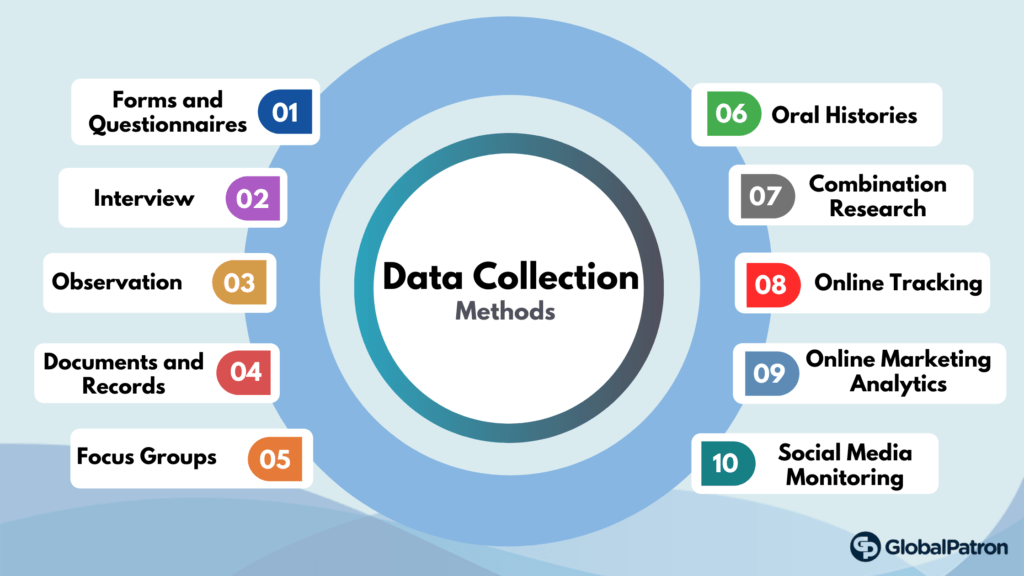 Challenges to Data Collection:
Challenges to Data Collection:
- Inconsistent Data:
Similar data are bound to have discrepancies when used by various sources. If not consistently updated, or resolved, the inconsistent data will have a tendency to accumulate and reduce value of data. Different data sources yield a lack of standardisation, and data may not be validated before being entered into a database. Reliable data is required to validate data analytics.
- Duplicate Data:
Data can be recorded multiple times, leading to tangible problems like inflated data, and inefficient and inconsistent data for data processing. The system silos of sources like streaming data, and local databases can tend to overlap and duplicate, which increases the possibility of biased analytical outcomes. Automated data matching algorithms or manual data review can help to combat the problem.
- Data Downtime:
When a computer system or data is unavailable, access to data is lost. For a business, this can increase consumer complaints, or impact analytical outcomes, which adversely affect the business. The role of the data engineer is to update, maintain and guarantee the integrity of the data pipeline. In the event of failure, many organisations restore data from a secondary source.
- Inaccurate data:
Data inaccuracy can be due to data degradation, manual error or unexpected and undocumented changes to data architecture. Inaccurate data doesn’t capture the reality of the situation- worldwide data quality deterioration occurs at a concerning rate of 3%- and as a result, an effective decision is not derived, along with a loss of credibility and productivity. Data cleaning procedures like auditing, and data validation can help to prevent it.
- Big database:
Massive datasets with more intricate structures increase challenges of scalability like storing, analysing and extracting results. As the data grows, it becomes difficult to maintain and update data, and resolve issues. It also decreases the speed of data, which increases query time and load on the system. Organisations wield themselves with diversified spreadsheets and distributed databases to prevent problems.
We live in a period, where we rely heavily on data for making informed decisions, and to facilitate data-driven optimisation. Learnfly offers courses by professionals to train you how to gather information and extract results and monitor progress. If you are interested in other data analytics courses, our team provides excellent pedagogical support, and covers all critical parts to secure your dream job role.



